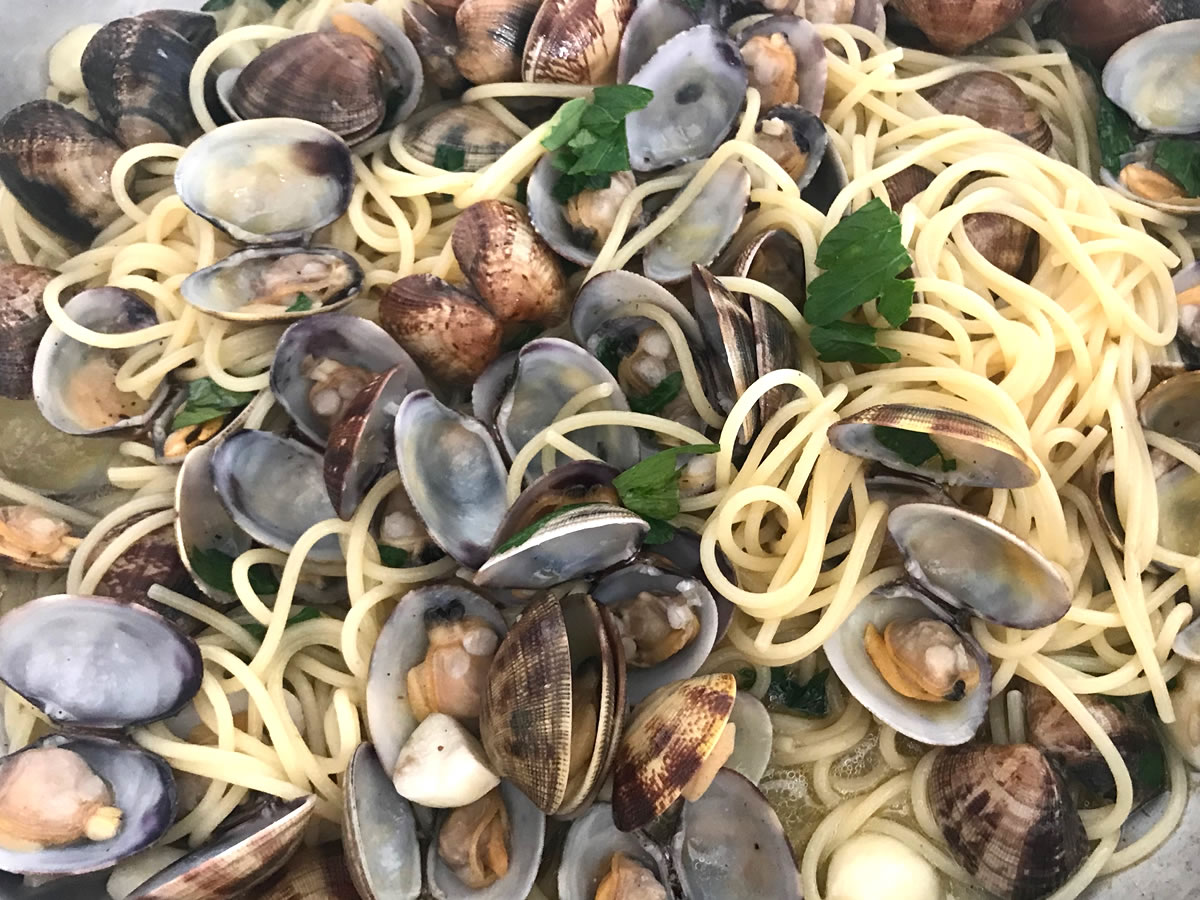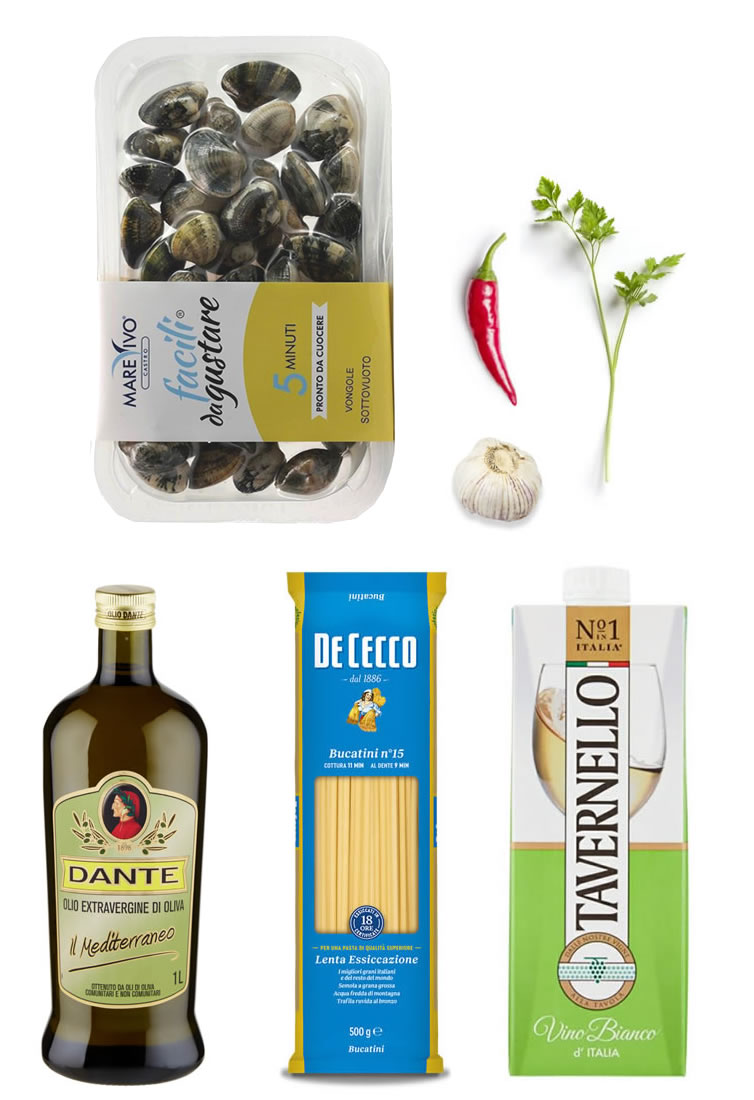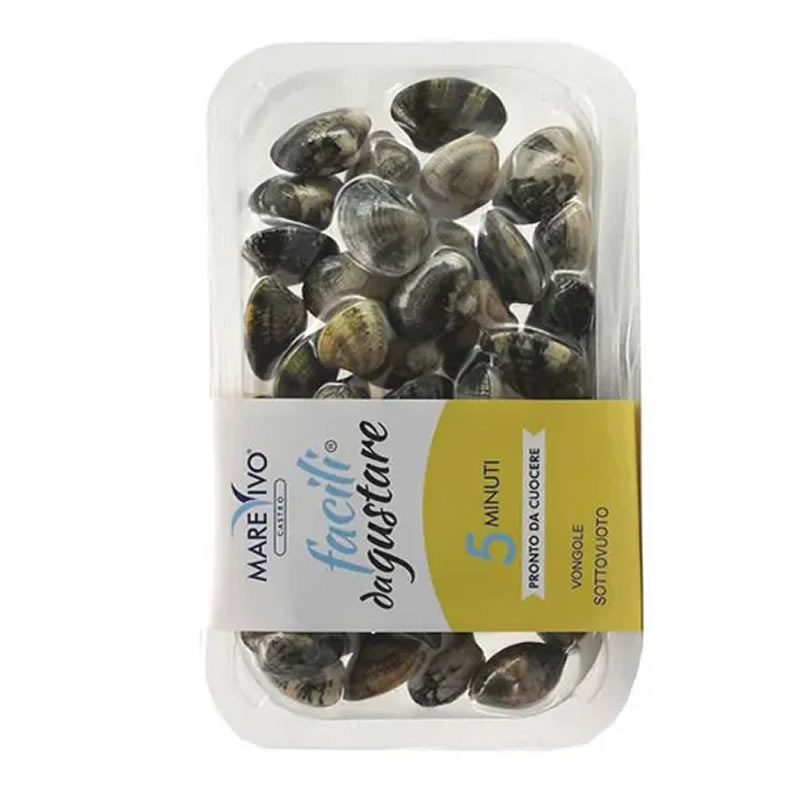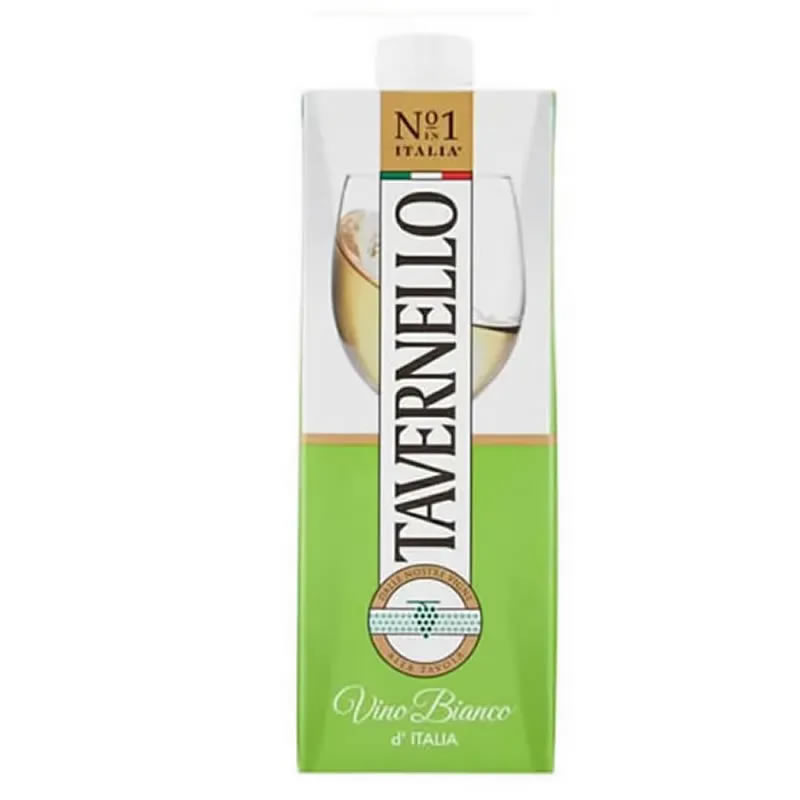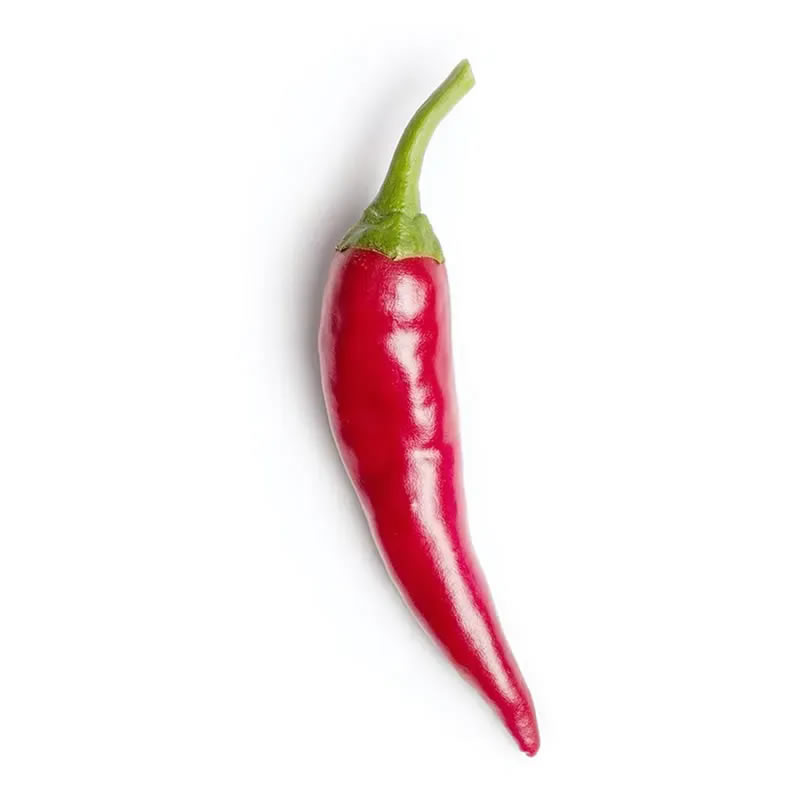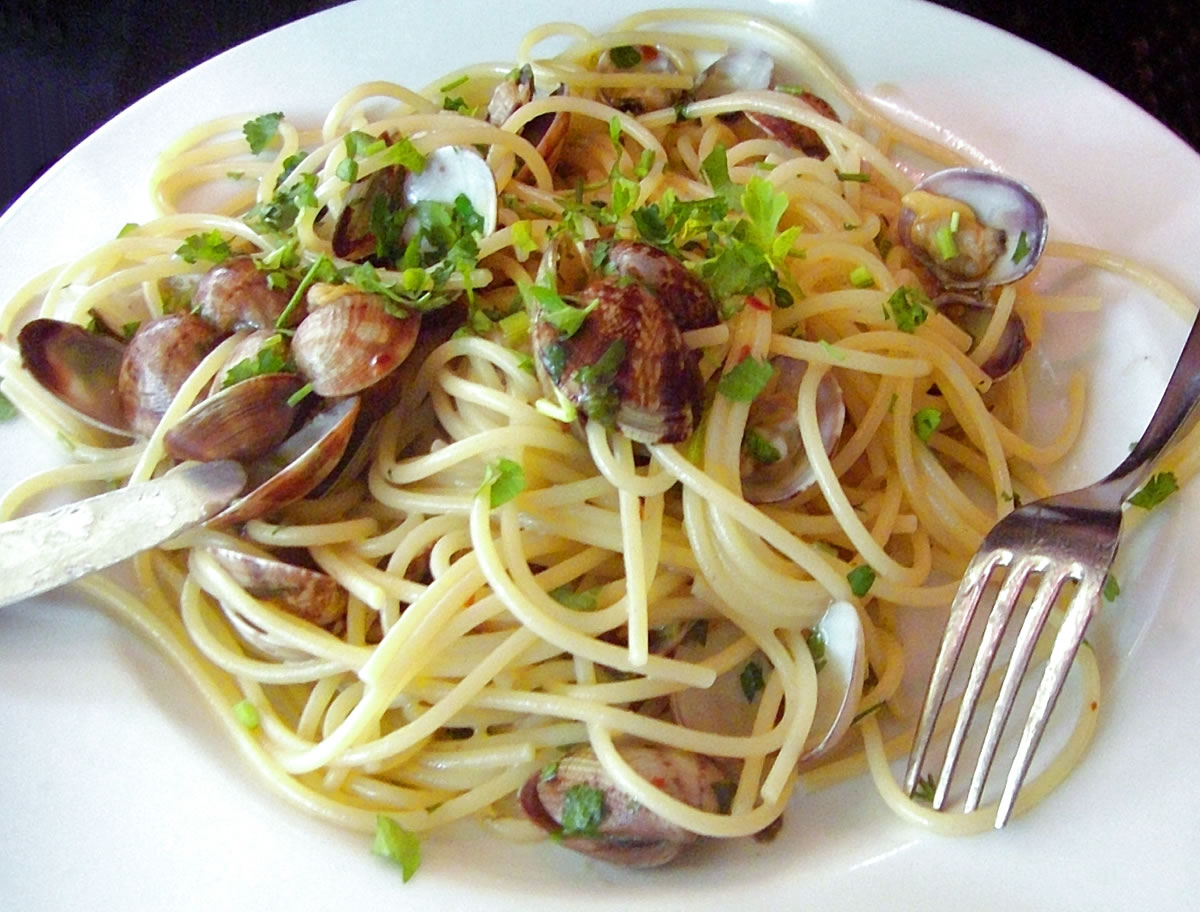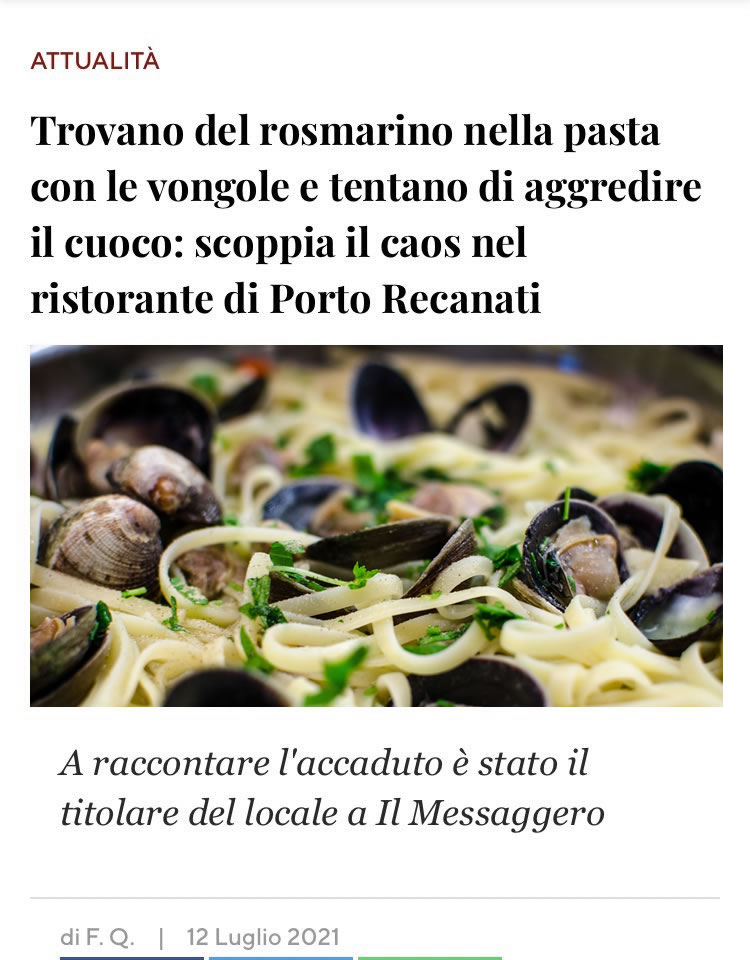Vongole live at the bottom of the sea, in the sand. Before using them for our recipe, we need to clean them. We know two ways to do this.
-
Heat the water for the pasta
Once you have cleaned the vongole from the sand and prepared all the ingredients, the first step is to pour cold water into a cooking pot to cook the pasta.
The amount of water we usually suggest is 1 liter (about 1 US quart) for every 100 g (about 3.5 oz) of pasta.
👉 If you want to further speed up cooking times and save gas or electricity, you can use even less water, down to about 0.7 liter / 0.7 US quart.
In this case, however, you will have to mix often to prevent the paste from sticking.
Put the lid on the pot while the water is heating.
See also: how to cook pasta perfectly al dente.
-
Saute the garlic
Pour the olive oil in a pan and heat it over medium heat.
Add the garlic cloves, parsley stems and chili pepper (optional) to flavor the soffritto (as we call this in Italian).
Sauté on low heat for a few minutes. Be careful not to burn the garlic, it should stay white.
👉 Have you noticed? In many other recipes we add fresh parsley when the pasta is ready. But parsley, unlike basil, adds flavor to the dish even if you put it in the sauté.
-
Cook the vongole or clams in a pan
First remove the garlic cloves, so that no one finds them on the plate later.
Then put the vongole in the pan.
Cook them for a few minutes and then add the white wine.
Cover the pan with the lid and let the vongole cook over medium heat. The vongole, boiling, will open.
The goal is to cook the vongole until they open, not more: otherwise the shellfish will be overcooked and difficult to eat.
-
Cook the pasta
When the water in the cooking pot is boiling, add a handful of coarse salt.
👉 There is also a rule for the amount of salt needed: about 10 g (about 0.35 oz) of salt for every 1 liter (about 1 US quart) of water.
As soon as you add the salt, the water stops boiling for a minute. Wait for it to boil again and add the pasta.
To prevent the pasta from sticking, stir briefly as soon as you put the pasta in the pot.
-
Check whether the vongole are open
After a few minutes of cooking, the clams should open.
Remove the clams that have remained closed, because they are not good to eat.
You can also remove the shells from some of the open vongole, leaving only the shellfish in the pan.
For example, you can leave 4 or 5 vongole complete with shells for each serving, which is decorative, creating a mix of whole vongole and shellfish on the plate.
👉 If the vongole are ready, but the pasta is not yet, put on a low heat: otherwise the vongole will be overcooked.
As with all pasta recipes, some practice and coordination is required to prepare pasta and sauce at the same time.
-
Take the pasta to the pan with the vongole
About two minutes before the pasta is al dente, transfer it from the cooking pot to the pan with the vongole.
We recommend using a spaghetti spoon to make it easier to catch the long pasta.
Turn off the heat under the cooking pot, but do not throw away the pasta water yet.
-
Mix pasta en vongole
Set the heat on medium and continue to cook the spaghetti in the pan with the vongole, gradually adding half a ladle of pasta water to prevent the sauce from becoming too dry.
Also add more chopped parsley to give the dish even more flavour. Keep some aside to decorate the dish.
Keep stirring until the pasta is al dente.
-
Serving
Place the spaghetti with vongole on the plates and add some raw parsley before serving.
No grated cheese: in Italy they turn their noses up at any fish dish with cheese. Or if you do, please don't tell your Italian acquaintances 🙂
